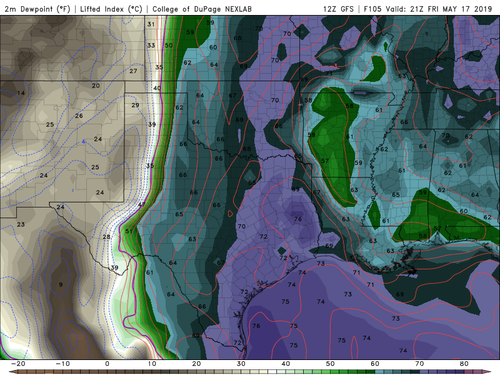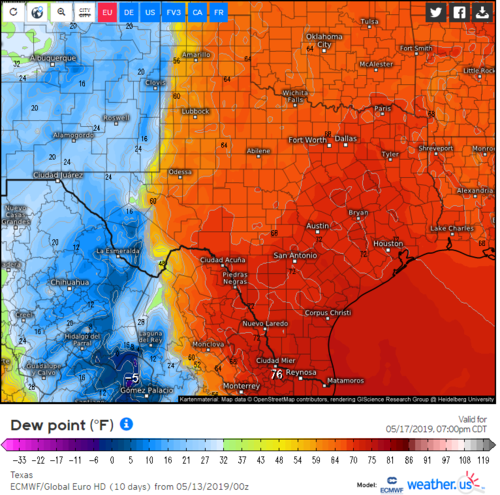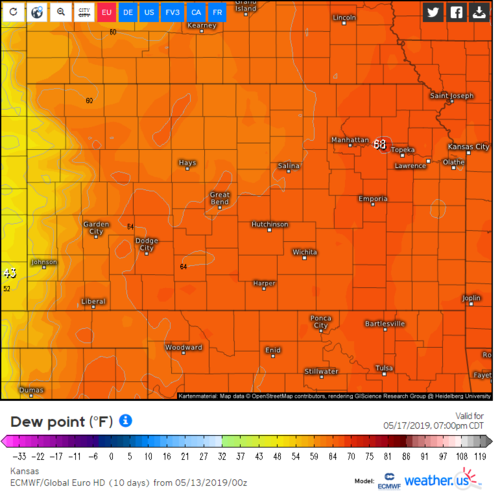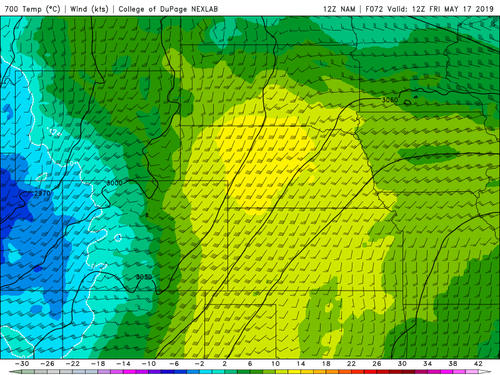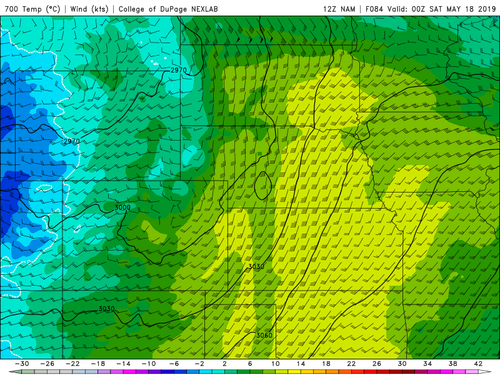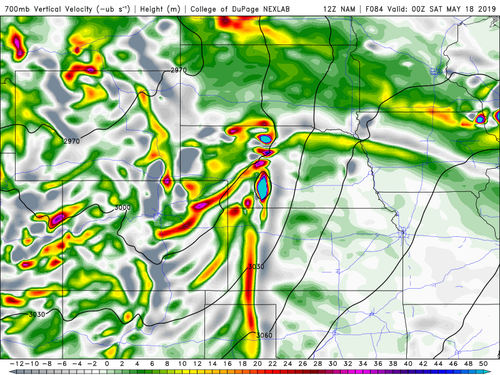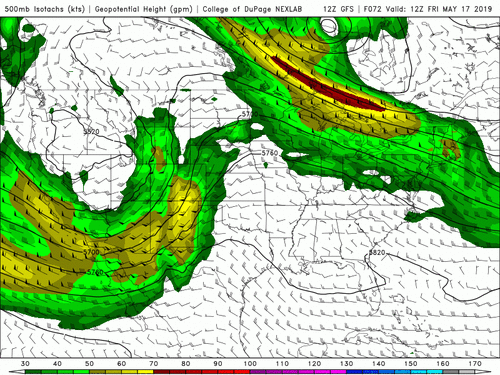Brandon Centeno
EF1
While we sit here at six days out, it appears that a significant severe weather event will be possible across portions of the central and southern Plains on Friday. Latest trends in ECMWF deterministic and ensemble guidance is for a deep wave to take hold in the west. As heights fall across the Rockies, favorable mass response will induce strong SSE trajectories across most of the S Plains. The result will be a likely corridor of low 70s F dewpoints across W Texas with 67-69 F dewpoints across much of the panhandle and western Kansas area. Lift accompanying the wave will be aided by a sharpening dry line beneath southwesterly flow aloft.
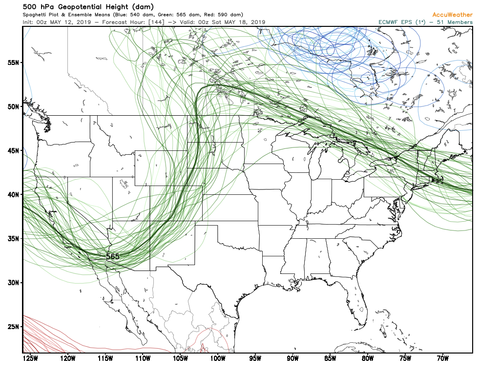
Shear profiles will easily favor discrete supercells with a large-very large hail threat. Tornadoes will be possible as well although details are going to vary being six days out. Pattern recognition and trends in ECMWF/EC ensemble lead me to believe that Friday has a pretty high ceiling with a significant severe weather episode possible with favorable timing. GFS is not as deep with the wave nor does it have the same timing, but this is just about the Euro's sweet spot and I expect the GFS to come in line with the ECMWF by mid-week. This is a classic May dry line tornado setup. Should be a really good time out (minus the herds) if trends continue.
There will likely be a secondary northern target along a synoptic warm front in the Dakotas and adjacent area. While shear profiles will probably be enticing here, very strong warm air advection and synoptic lift will probably result in rapid upscale growth, and models show a clear signal for an MCS to develop and track along the baroclinic zone.
Targets to be refined throughout the week.

Shear profiles will easily favor discrete supercells with a large-very large hail threat. Tornadoes will be possible as well although details are going to vary being six days out. Pattern recognition and trends in ECMWF/EC ensemble lead me to believe that Friday has a pretty high ceiling with a significant severe weather episode possible with favorable timing. GFS is not as deep with the wave nor does it have the same timing, but this is just about the Euro's sweet spot and I expect the GFS to come in line with the ECMWF by mid-week. This is a classic May dry line tornado setup. Should be a really good time out (minus the herds) if trends continue.
There will likely be a secondary northern target along a synoptic warm front in the Dakotas and adjacent area. While shear profiles will probably be enticing here, very strong warm air advection and synoptic lift will probably result in rapid upscale growth, and models show a clear signal for an MCS to develop and track along the baroclinic zone.
Targets to be refined throughout the week.

